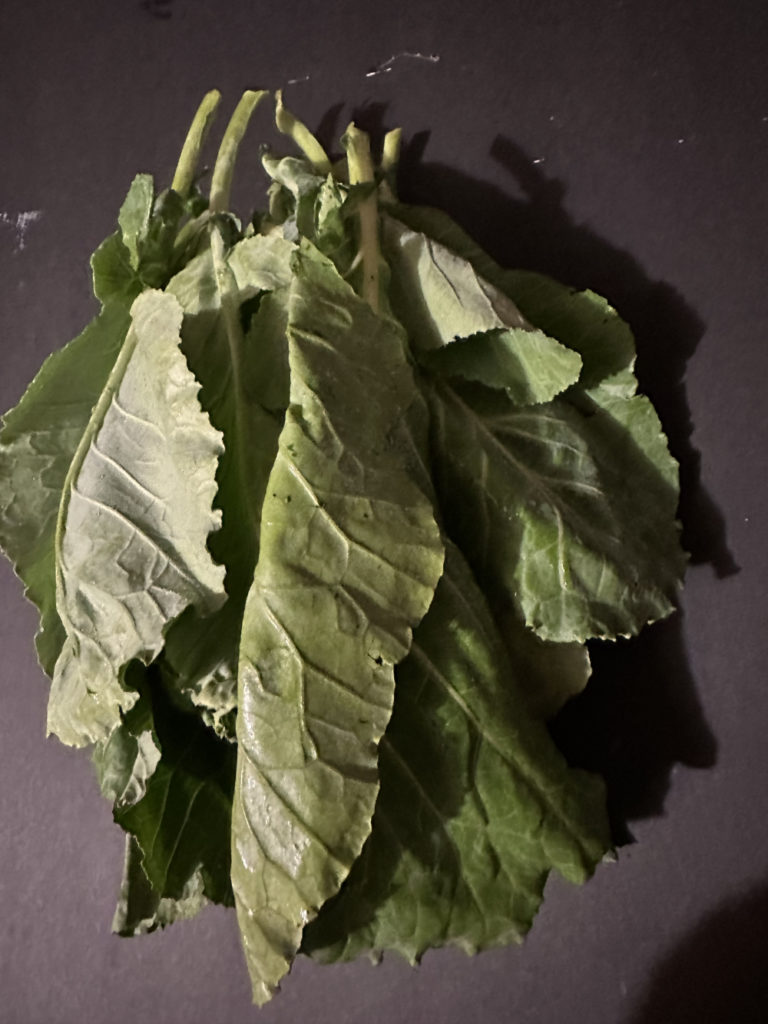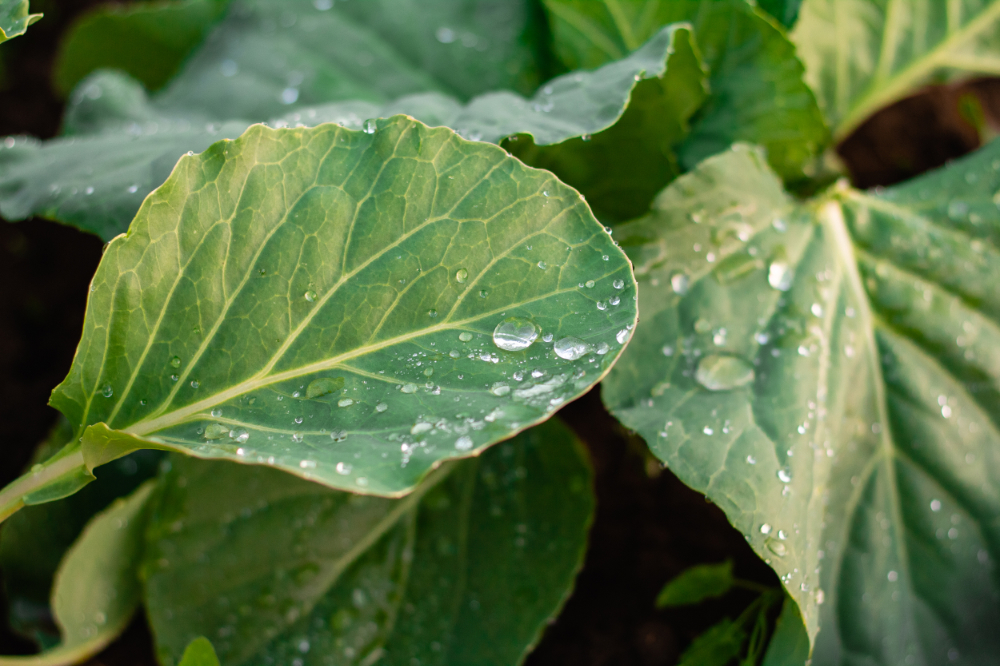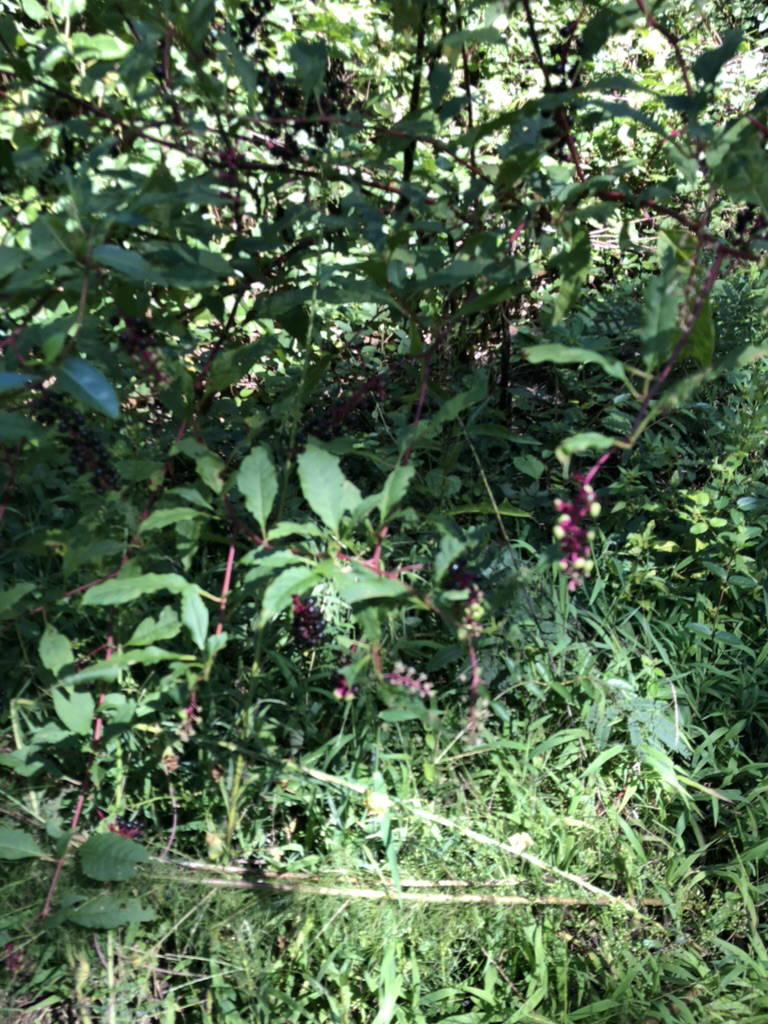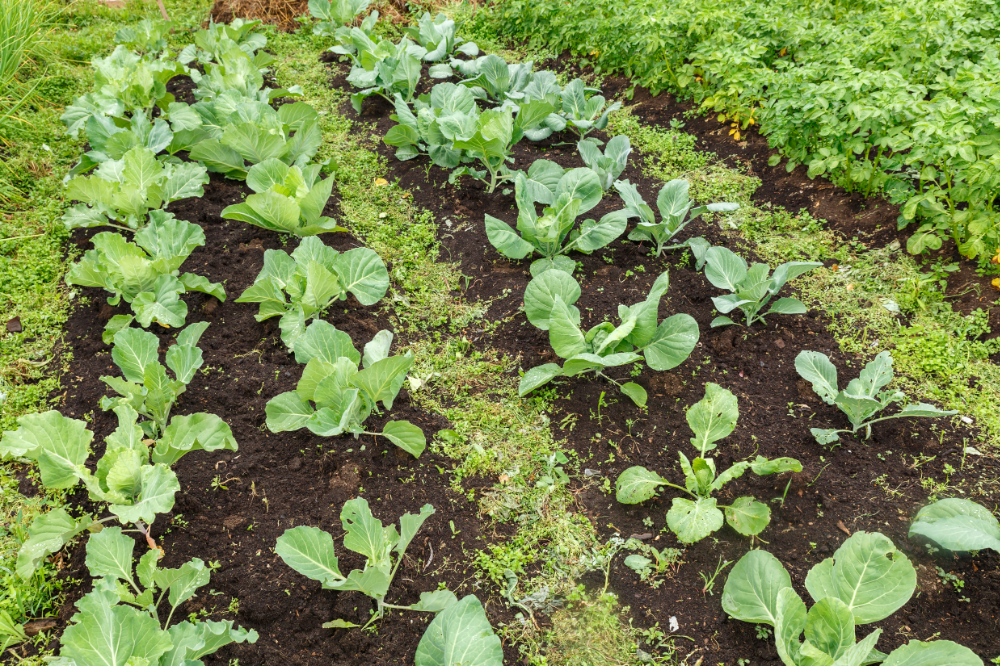Collard greens, a staple in Southern cuisine and a nutritional powerhouse, are a versatile and delicious addition to any home garden and kitchen. Growing your own collard greens allows you to enjoy a fresh and abundant supply of this leafy green while also taking advantage of its numerous health benefits. In this guide, we’ll explore how to cultivate collard greens in your garden and share some delightful recipes to savor this nutritious vegetable.
Growing Collard Greens: From Seed to Harvest
Soil and Location for the Best Greens
Collard greens thrive in well-drained, fertile soil with a pH between 6.0 and 6.8. Choose a sunny spot in your garden, but they can also tolerate partial shade. They will also tolerate cooler temperatures.
Planting Your Collards
Collard greens can be grown from seeds or transplants. Plant seeds 1/4 inch deep, spacing them about 18 inches apart in rows. If using transplants, set them at the same spacing.
Watering: Keep the Greens Going
Keep the soil consistently moist, especially during dry spells. Water deeply and regularly to promote healthy growth.
Fertilizing for a Better Crop
Use a balanced fertilizer, or amend the soil with compost before planting. Collard greens benefit from nitrogen-rich soil.
Pest Management: Keep the Buggers Away:
Keep an eye out for common pests like aphids and cabbage worms. Use organic methods or insecticidal soap to control infestations.
Harvesting Your Greens:
Collard greens can be harvested as soon as the leaves are large enough to eat, typically around 60-85 days after planting. Cut the outer leaves first, allowing the inner leaves to continue growing.

Cooking Collard Greens: Flavorful and Nutritious Recipes
Classic Southern Collard Greens:
Ingredients: Collard greens, bacon or smoked turkey, onion, garlic, chicken or vegetable broth, vinegar, red pepper flakes.
Directions: Sauté bacon or smoked turkey until crispy, then add onions and garlic. Stir in chopped collard greens, broth, vinegar, and red pepper flakes. Simmer until tender.
Collard Green Wraps:
Ingredients: Large collard green leaves, hummus or tahini, roasted vegetables, quinoa, avocado, and your choice of protein (chicken, tofu, or beans).
Directions: Blanche collard green leaves to soften them. Fill with hummus, roasted veggies, quinoa, avocado, and protein. Roll into wraps and enjoy.
Collard Green and Sausage Soup:
Ingredients: Collard greens, sausage (or vegan sausage), onions, garlic, chicken or vegetable broth, white beans, diced tomatoes.
Directions: Brown sausage with onions and garlic. Add collard greens, broth, white beans, and diced tomatoes. Simmer until greens are tender.
Collard greens, with their rich, earthy flavor and robust texture, are a delightful addition to your culinary repertoire. Whether enjoyed in traditional Southern dishes, as wraps, or in hearty soups, collard greens offer a burst of nutrients, including vitamins A, C, and K, as well as fiber and antioxidants. By growing and cooking collard greens, you not only elevate your culinary skills but also nourish your body with one of nature’s healthiest greens.





